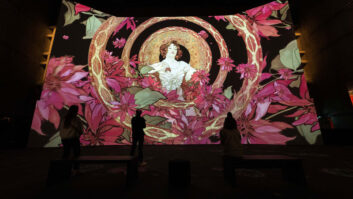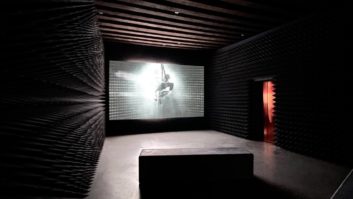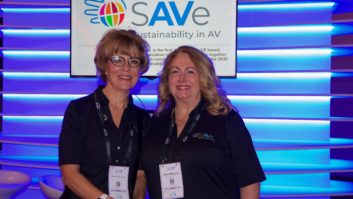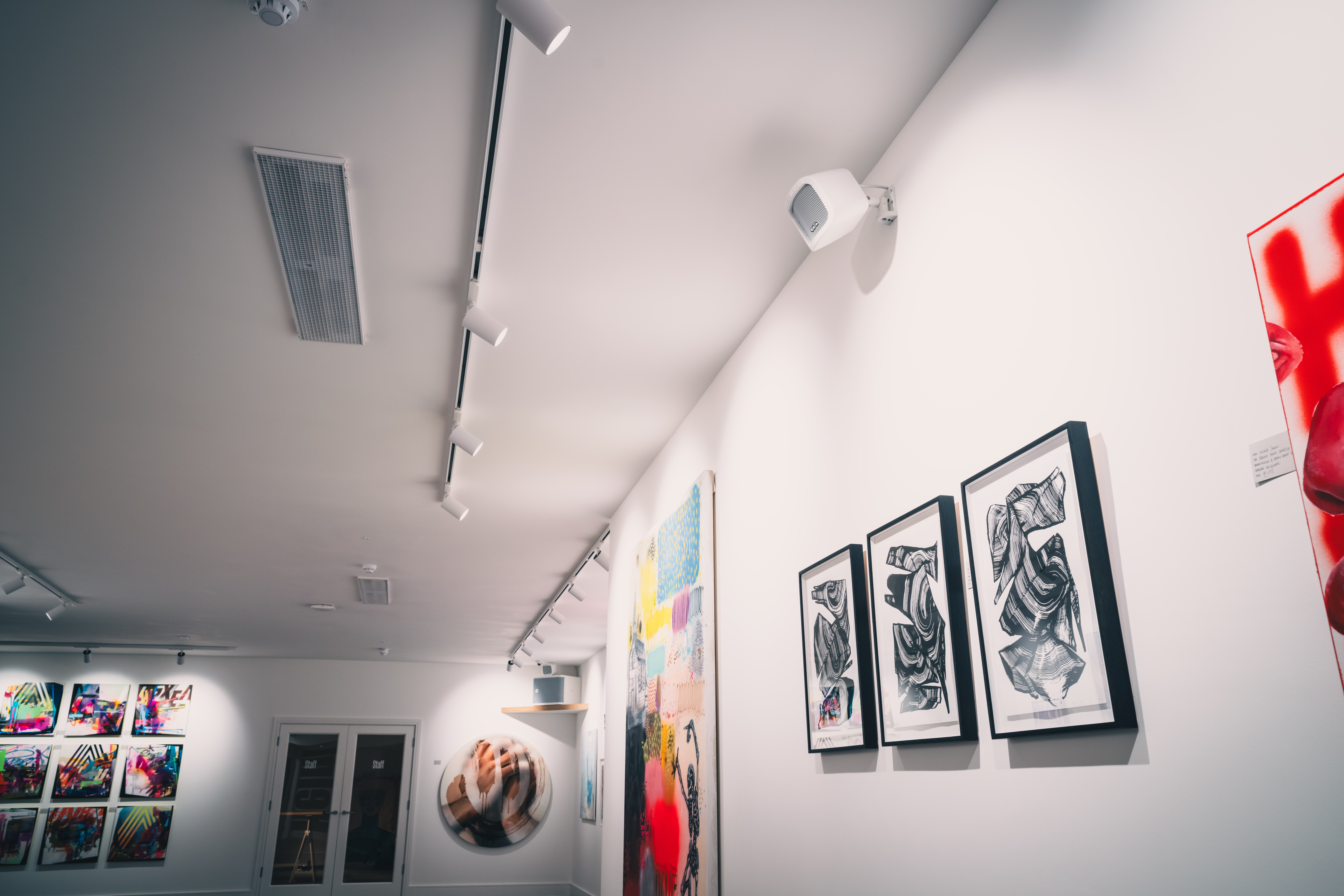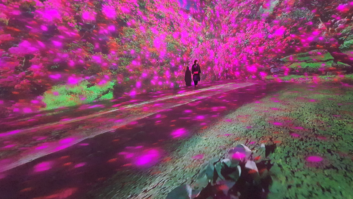 As a director of a company that designs exhibition stands, I was delighted to see light at the end of the tunnel as I listened to Boris’ announcement on the proposed June lift of Covid-19 restrictions.
As a director of a company that designs exhibition stands, I was delighted to see light at the end of the tunnel as I listened to Boris’ announcement on the proposed June lift of Covid-19 restrictions.
It’s easy to start thinking of everything returning to normal. But the problem with that is, normal isn’t normal, not as far as the planet is concerned.
A three-day conference with 800 attendees has a carbon footprint of 455 tonnes of CO2 equivalents (CO2 -eq). 0.57 tonnes CO2 -eq per participant. [Lifecycle analysis by Neugebauer et al. (2020)].
Our planet is facing a global climate challenge that was here before Covid-19 and will be here after it’s defeated if not exterminated.
Travel activities account for a total of 378 tonnes CO2 -eq or 0.47 tonnes CO2 -eq per attendee. [Lifecycle analysis by Neugebauer et al. (2020)]
It all adds up. So, surely now is the time to revisit our carbon footprint and make the changes we must make. Before we jump back into where we were before the pandemic, we need to take a breath to think about ways that we can make a difference. To take the learnings we made during lockdowns and use them to our advantage.
Taking advantage
There were some really good things that came out of the pivot to virtual events and we can use them to our advantage:
- Virtual exhibitions do work, they just work differently from physical. They have different attendee profiles, a different duration and dwell time, different audience expectations and different outcomes. For some (albeit currently a rather diminutive 6.6% – source: EventMB) they actually work better than physical.
- Virtual events can capture more data than in person events – Who did they see? What did they look at? Who did they talk to? How long did they attend? Where did they spend the most time? What did they take away with them?
- We have the opportunity to create a new type of exhibition, one that’s easier on the planet, easier on our travel budget and more inclusive for those who may not be able to attend in person.
- We know that for sponsors, virtual exhibitions are tough to see a return on the investment. Tough if we treat them like physical events.
“In 2020 71% of those surveyed projected 0-25% of annual revenue would come from virtual events. The pressure is on for event planners to provide more tangibility for their virtual event offerings” – source: Event MB
- We know that for attendees networking opportunities on par with those that existed in the physical exhibition are currently limited and relatively ineffective. But we also know that many virtual companies including us are working on this and the developments to come will make a substantial difference to this challenge.
- We know that virtual events are easier and quicker and more cost effective to set up, they are more mobile and unrestricted in terms of geographical reach.
28.2% cited significantly lower overhead and 27.1% increases attendance/reach as a positive outcome of pivoting to virtual – source: Event MB
- Technology has a pivotal role to play in the next generation of trade show. Current opinion says that trade shows of 2021 will be a mixture of physical and virtual interaction – they will be hybrid. As Hatim Dowidar Group CEO at Etisalat remarked recently: “Virtual travel and virtual meetings are an integral part of our new-norm”.
More to come
But I don’t believe for one moment that we have reached anything like the true capability of the technology.
Expect to see more AI – and by Artificial Intelligence I don’t mean just smart match making but insightful interpretation of data generated throughout the lifecycle of your event. Expect smart networking that doesn’t just make recommendations on who to meet but actually initiates the conversation.
For every delegate that loves to network there are hundreds who can think of nothing worse. Networking at events has always been a top priority however how many of us have been faced with the prospect of walking into a room of complete strangers and trying to initiate a conversation? Physical networking works well for salespeople – not so well for introverts. Expect greater community engagement as the platforms develop and learn from previous events. New ways of interacting with fellow delegates that move away from the video call – look at the rise of Clubhouse the social ‘audio chat’ network.
Positional audio enables users to move towards and away from localised sound in the same way as you could walk towards a speaker or move towards a sponsor message. This of course only works for those platforms that have a true 3d experience. It’s used in gaming and will no doubt find its way into virtual events.
Wearable technologies are bubbling at the surface. Today there are some incredible platforms looking for a use case. We can create virtual and augmented reality interactions at events. We could include virtual visitors within that physical environment. And we can bring physical speakers into virtual environments. We can currently green screen presenters into virtual spaces using broadcast technology, but virtual platforms are beginning to do this without the high cost of broadcast studios so again for true 3D spaces we can bring presenters literally into the spaces we create, whether that’s a desert island or the surface of Mars.
Truly global
Virtual exhibitions don’t have to be in one single place – expect to see virtual events taking advantage of technology to bring us truly global events.
Synapse 2021 Exhibition Florida (https://synapsefl.com/aboutsummit2021/) plans to do something similar. This has significant advantages – the added flexibility of using virtual conference technology, making the summit more accessible to time or geographically constrained innovators. AI-powered, curated networking and limited-access experiences available for those seeking to enhance their experience.
The hybrid format will enable important keynote speakers who may not be able to attend in person to participate in the event both as a streamed virtual speaker and as part of a panel session with other virtual and physical speakers. The technology opportunities are there, we just need to try them.
There are literally endless opportunities for virtual events and as a cohort to physical events there are exciting times to come and the next generation of trade show will be a playground of possibilities.
So, before we go straight back to creating events regardless of impact, let’s take some time to work through what we have achieved in the last year and think how much difference we can make combining the best of virtual and the best of physical.

